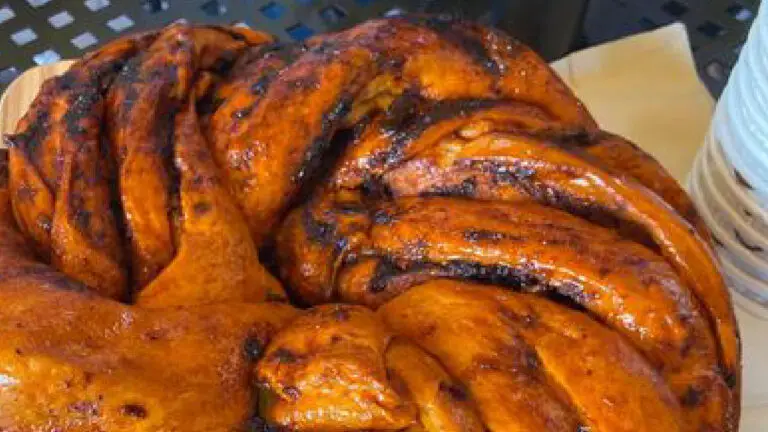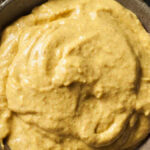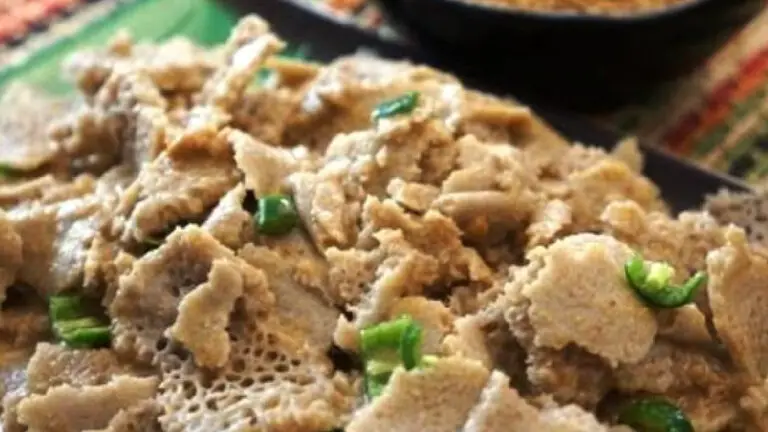
Category Ethiopian Food Recipes
Explore some of the most popular Ethiopian Food Recipes along with step-by-step instructions on how to recreate them in your own kitchen. Whether you’re preparing a meal for a special gathering or just looking for some new flavors to enjoy, these recipes will inspire you to explore the world of traditional Ethiopian cooking.

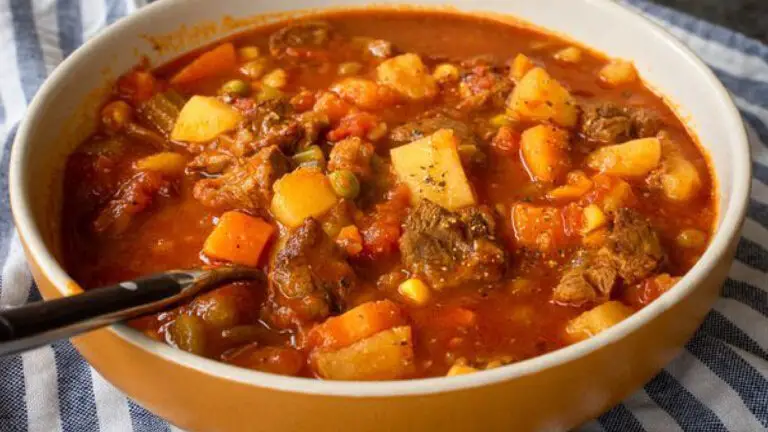
YeSiga Ena YeAtkilit Shorba (Ethiopian Beef & Vegetable Soup) Recipe
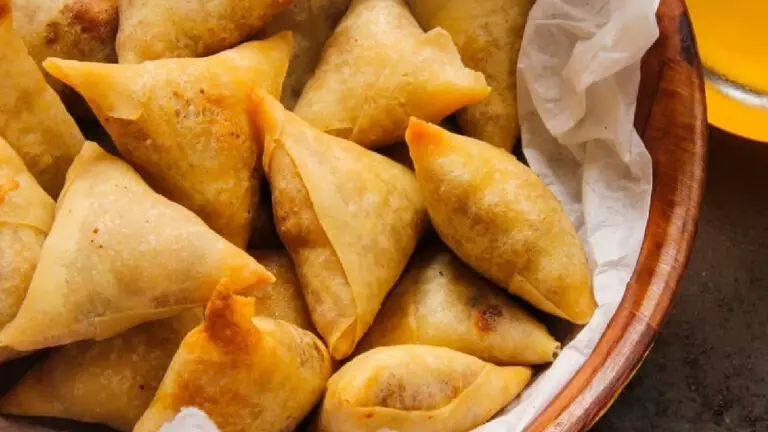
YeMisir Sambusa (Ethiopian Lentil Samosa) Recipe

YeDoro Wot Firfir (Ethiopian Chicken Stew Firfir) Recipe

YeAsa Ena YeDinich Shorba (Fish & Potato Soup) Recipe
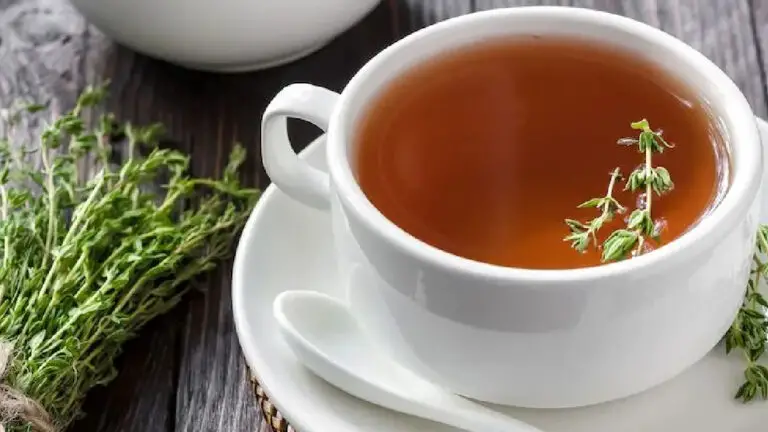
Tosign Shai (Ethiopian Thyme Tea) Recipe

Spris (Ethiopian Layered Juice) Recipe
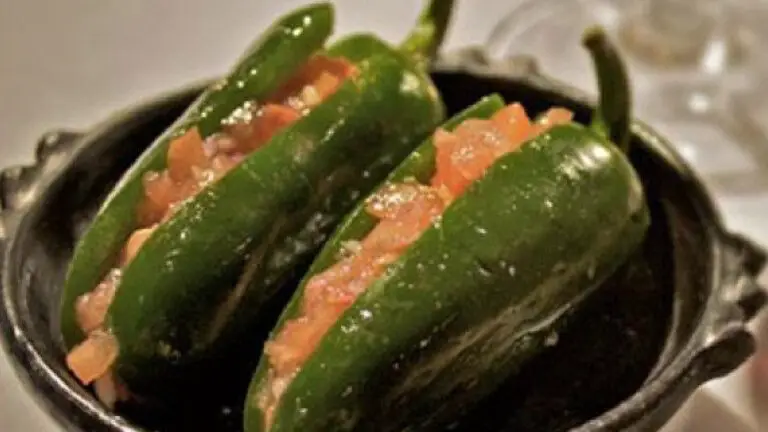
Sinig (Ethiopian Stuffed Jalapeños) Recipe

Kuti Shai (Ethiopian Coffee Leaf Tea) Recipe
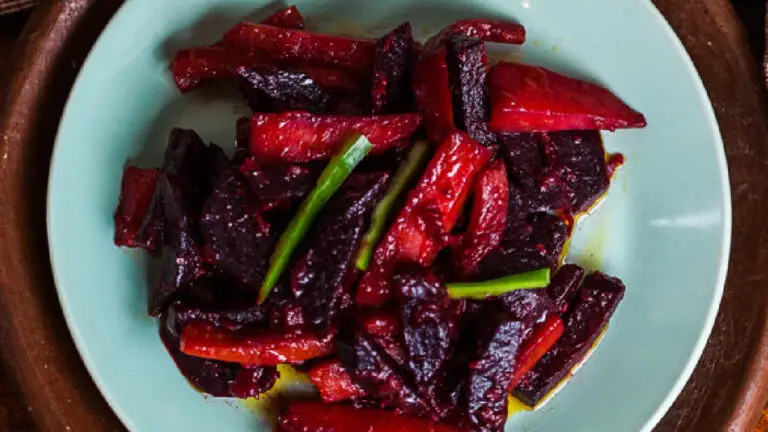
Key Sir (Ethiopian Beets and Potatoes Salad) Recipe
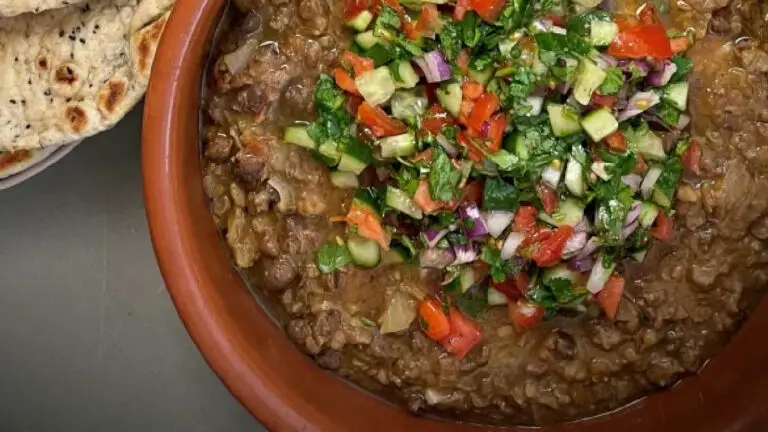
Ful (Ethiopian Spicy Fava Beans) Recipe
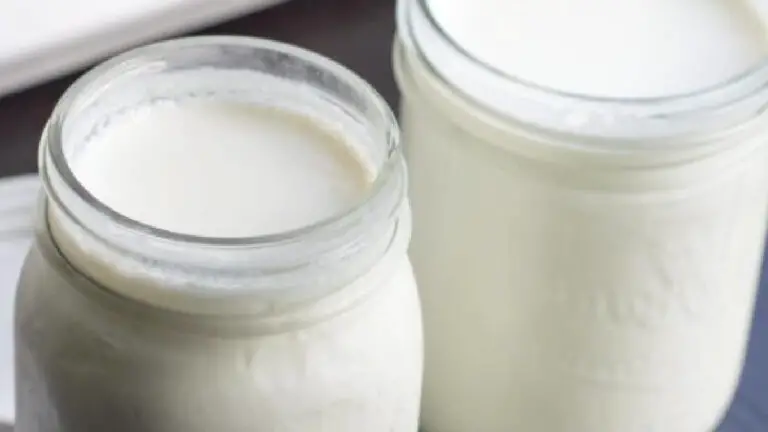
Ergo (Ethiopian Yogurt) Recipe
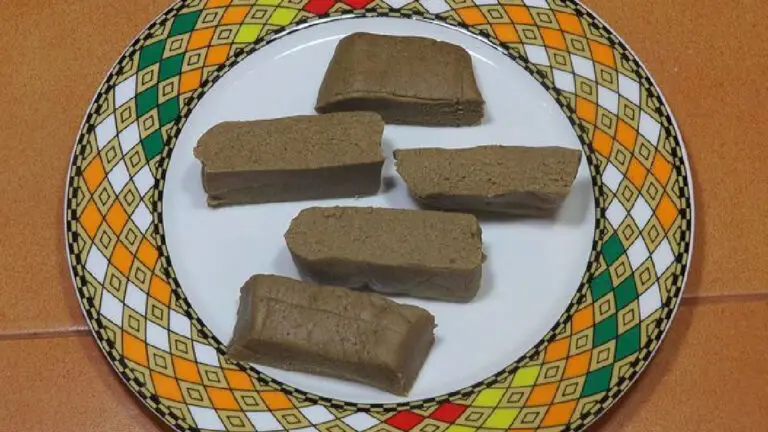
Chiko (Ethiopian Spiced Butter Cookies) Recipe

Awaze Tibs (Extra-Spicy Stir-Fried Beef) Recipe
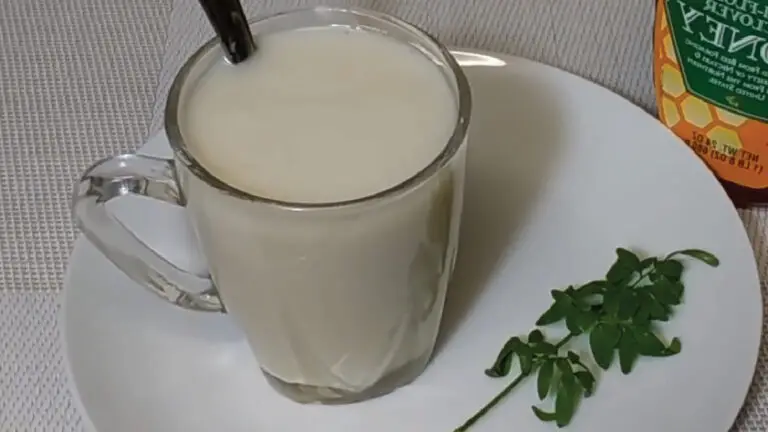
YeGebs Atmit (Ethiopian Barley Cream Drink) Recipe

YeBula Atmit (Ethiopian False Banana Roots Cream Drink) Recipe
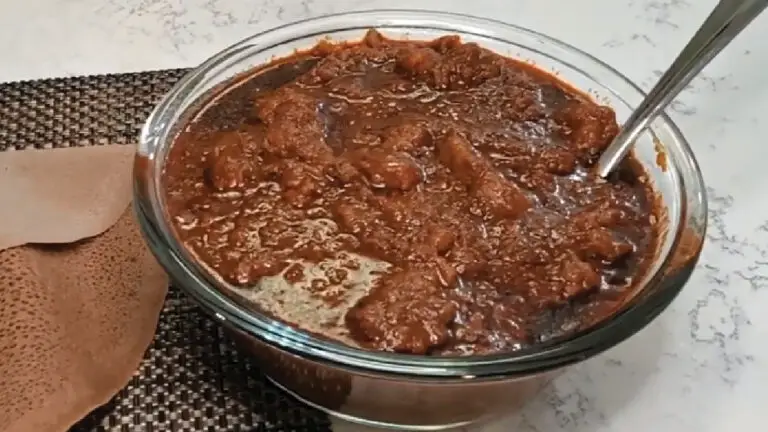
Asa Wot (Ethiopian Spicy Fish Stew) Recipe
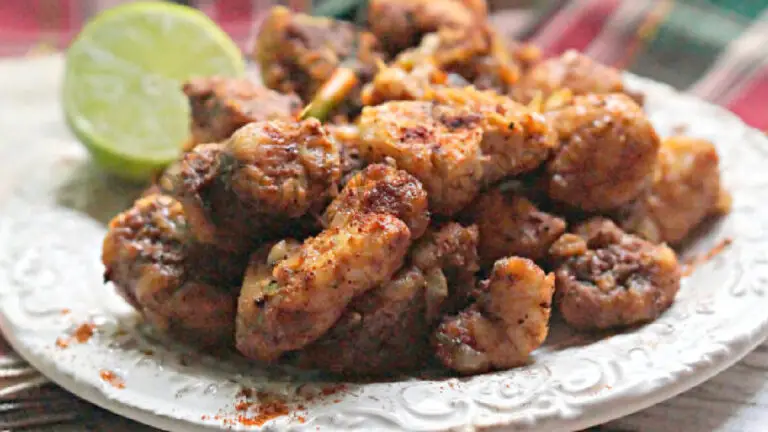
Asa Tibs (Ethiopian Stir-Fried Fish) Recipe
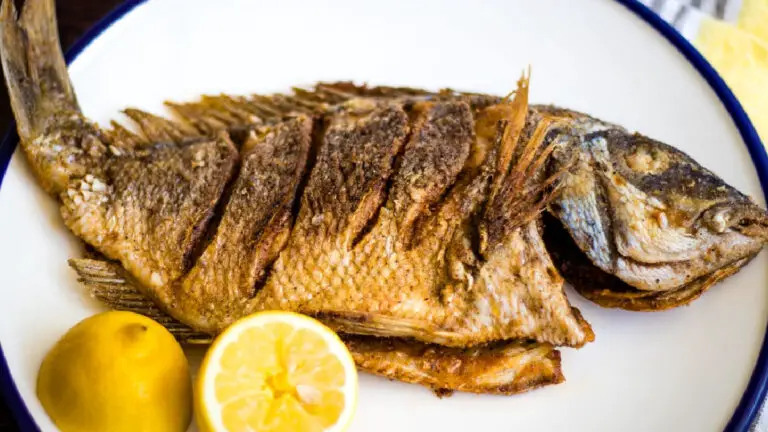
Mulu Asa Tibs (Ethiopian Pan-Fried Whole Fish) Recipe
